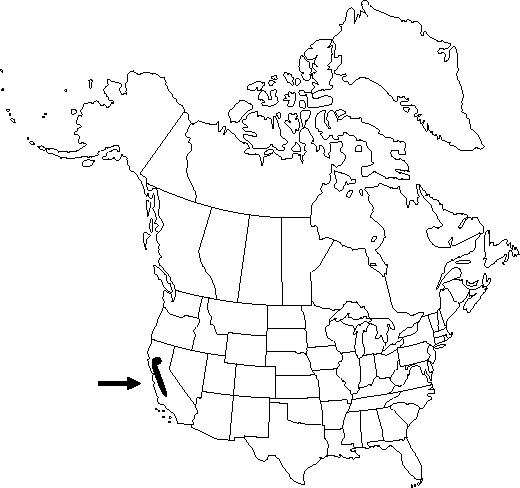Difference between revisions of "Delphinium hesperium subsp. pallescens"
Brittonia 8: 10. 1954.
FNA>Volume Importer |
FNA>Volume Importer |
||
| Line 24: | Line 24: | ||
}}<!-- | }}<!-- | ||
| − | --><span class="statement" id="st- | + | --><span class="statement" id="st-undefined" data-properties=""><b>Stems </b>usually glabrous. <b>Inflorescences</b> usually fewer than 25-flowered, open; pedicel ± spreading. <b>Flowers</b>: sepals white to pinkish, rarely light blue, spreading, lateral sepals 10-15 mm, more than 4 mm wide, spurs 10-17 mm; lower petal blades 4-7 mm. <b>Fruits</b> 3-3.5 times longer than wide. <b>2n</b> = 16.</span><!-- |
-->{{Treatment/Body | -->{{Treatment/Body | ||
| Line 56: | Line 56: | ||
|publication year=1954 | |publication year=1954 | ||
|special status=Endemic | |special status=Endemic | ||
| − | |source xml=https://jpend@bitbucket.org/aafc-mbb/fna- | + | |source xml=https://jpend@bitbucket.org/aafc-mbb/fna-data-curation.git/src/9216fc802291cd3df363fd52122300479582ede7/coarse_grained_fna_xml/V3/V3_765.xml |
|genus=Delphinium | |genus=Delphinium | ||
|section=Delphinium sect. Diedropetala | |section=Delphinium sect. Diedropetala | ||
| Line 62: | Line 62: | ||
|species=Delphinium hesperium | |species=Delphinium hesperium | ||
|subspecies=Delphinium hesperium subsp. pallescens | |subspecies=Delphinium hesperium subsp. pallescens | ||
| − | |||
| − | |||
| − | |||
| − | |||
| − | |||
| − | |||
| − | |||
| − | |||
| − | |||
| − | |||
}}<!-- | }}<!-- | ||
-->[[Category:Treatment]][[Category:Delphinium hesperium]] | -->[[Category:Treatment]][[Category:Delphinium hesperium]] | ||
Revision as of 14:49, 27 July 2019
Stems usually glabrous. Inflorescences usually fewer than 25-flowered, open; pedicel ± spreading. Flowers: sepals white to pinkish, rarely light blue, spreading, lateral sepals 10-15 mm, more than 4 mm wide, spurs 10-17 mm; lower petal blades 4-7 mm. Fruits 3-3.5 times longer than wide. 2n = 16.
Phenology: Flowering spring.
Habitat: Open oak woods and grassland
Elevation: 20-1000 m
Discussion
Delphinium hesperium subsp. pallescens grows only east of the Coast Range divide. It hybridizes with D. gypsophilum, D. parryi, D. recurvatum, D. uliginosum, and D. variegatum. Light blue sepals probably result from introgression involving D. variegatum, D. parryi, or D. hesperium subsp. hesperium. Intermediates are occasionally found between D. hesperium subsp. pallescens and subsp. hesperium (particularly in Napa County), but the two taxa remain, for the most part, geographically isolated.
Delphinium hesperium subsp. pallescens has sometimes been confused with D. gypsophilum or with white-flowered plants of D. hansenii; see discussion under those species.
Selected References
None.
